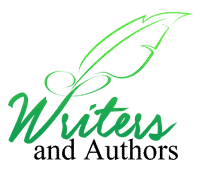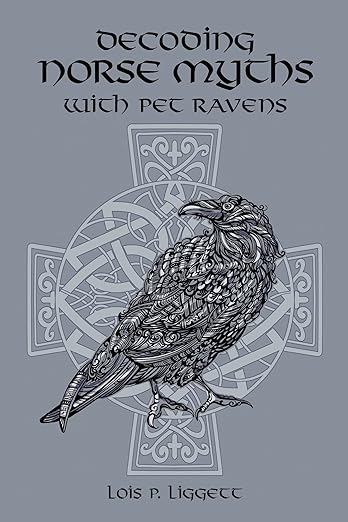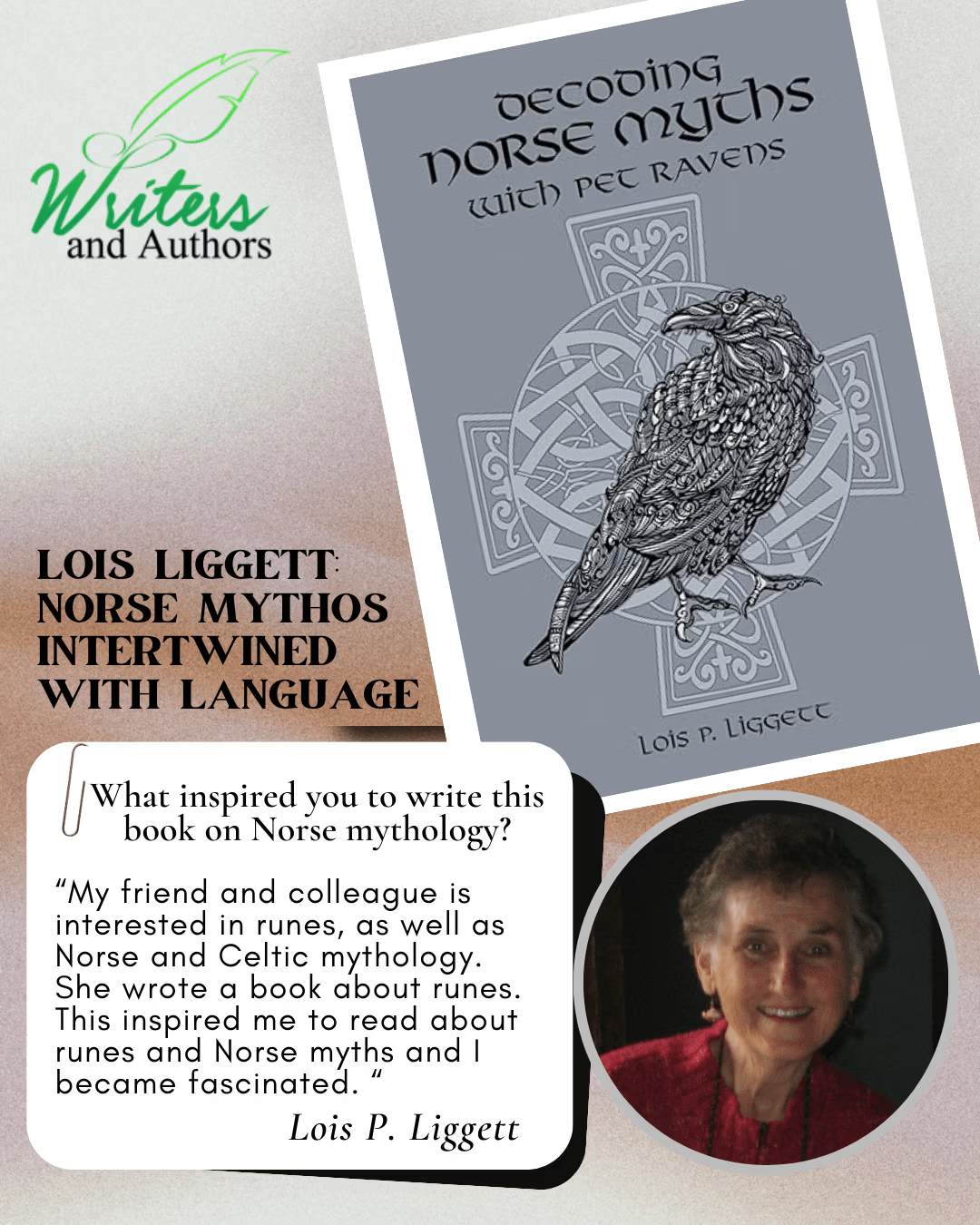Lois Liggett boasts a remarkable professional history. During her career, she served as a geriatric rehabilitation consultant in Japan, is a retired physical therapist, and holds an M.A. in gerontology and a B.S. in physical therapy. Beyond her medical background, Lois has a deep fascination with the intricacies of language, evident through her three years of leading a weekly word discussion program at a Maryland correctional facility. There, she was known as the “Word Lady.” Additionally, Lois held a word discussion series at a local library and gave lectures on semantics. Given her familiarity with language, it comes as no surprise that her book, Decoding Norse Mythology with Pet Ravens, is linguistically-oriented. Today, we ask Lois some questions about her book and what drives her work.
What is the hardest part when writing your books?
The hardest part is editing.
What are your most played songs?
I do most often listen to classical music on CDs.
Do you have critique partners or beta readers?
No.
What book are you reading right now?
I am reading Origin: A Genetic History of the Americas by Jennifer Raff.
 How did you start your writing career?
How did you start your writing career?
I tend to write down my thoughts on scrap paper, so I collect these writings for a while before disposing of most of them. The ones I save go into indexed subject matter folders and I refer to these folders when applicable.
A friend wrote a book on a topic I became interested in, so I told myself I can write a book too.
Tell us about your next release.
My next book is on the topic of human bones and how these bones tell stories. When a person sees a skeleton, there is a psychological bridge that can develop. The bridge may say, “These bones are also my bones.”
What inspired you to write this book on Norse mythology?
My friend and colleague is interested in runes, as well as Norse and Celtic mythology. She wrote a book about runes. This inspired me to read about runes and Norse myths and I became fascinated. Fascinated enough to write a book titled Decoding Norse Mythology with Pet Ravens using a linguistic method I developed that applies word roots, definitions, homonyms, cognates, phonology, etc. to understanding names, places and events in myths, geography and history.
I first became interested in semantics 25 years ago when I was studying ancient Egypt and hieroglyphs. Specifically, the first thing that caught my attention was the transliteration of the ancient Egyptian word “mnt” referring to Mentu (Montu), the bull. I saw the relationship with the symbolism of the bull and the root, mnt, transliterated as “ment”, such as the words mental, mentor, mention, monument, comment, fundamental, and basement. These words are related to foundational principles and basics. The bull represents strength. “Ment” is also related to the Indo-European root “men” yielding meanings of to think, mind, mania, recollect, summon, mouth, project, threaten, mount, mountain, imminent, remain, and monad.
Can you tell me about the book?
Yes, I would love to describe the “what” and the “why” of this book’s purpose in a larger context. I have a desire to help people express their thoughts. Linguists have shown the vocabulary of people in the U.S. is rapidly dwindling, causing a loss of the ability to communicate, to listen, to understand. High school and college students tend to have difficulty writing compositions. I emphasize what I call “defining moments” of words and phrases. The subject matter is variable, but the linguistic method I use is the same.
What did you learn when writing this book?
I became familiar with some of the details and requirements of the publishing industry, a great learning experience. It requires patience on the part of the writer.
What surprised you the most?
I was surprised to find I would rewrite some parts of the book for more clarity.
What does the title mean?
The title, Decoding Norse Myths with Pet Ravens, is based on Odin, chief Norse god, and his ravens. Odin sends out his ravens every day to gather news of the world and they return to him with this news. His raven names are Huginn, meaning “thought,” and Muninn, meaning, “memory.” I used the raven symbolism pertaining to my own thoughts and memory while writing this book. One aphorism people use to express how thoughts or ideas come to them is to say, “a bird told me.” A reference to birds sending messages is mentioned in Old Testament Ecclesiastes 10:20: “Do not revile the king even in your thoughts, or curse the rich in your bedroom, because a bird of the air may carry your words, and a bird on the wing may report what you say.”
What ended up happening?
Ragnarok, a war that ends the world as Odin knew it. Ragnarok may be an ending, but this Norse myth indicates the start of a new beginning beneath the branch or roots of the “Tree of Life,” or the Yggdrasil Tree.
Did the book make you like the subjects more or less?
Yes and no. Mythic characters are akin to the personalities and behaviors of each person. The gods and goddesses are archetypes, and the geographical surroundings are symbolic of each person’s real or imaginary environment.
Did you find yourself more or less sympathetic toward the subjects?
More sympathetic. The gods and goddesses were endowed with certain physical traits and personalities that revealed their strengths and weaknesses. Sometimes they were strong, but other times weak. These characters may have been mythic, but they reflected human traits.
Do you understand the subjects better now?
Yes, because I can put myself in their shoes. I can identify with them.
Decoding Norse Myths with Pet Ravens
Norse mythology has intrigued mythologists, linguists, and runologists for many decades. This intrigue lies in the mysteries that lurk in these myths. These mysteries include the lack of archeological finds prior to the Viking Age, (late 700s A.D. to 1100), the absence of authentic celebratory rituals paying homage to the Norse gods and goddesses, and an absence of a thorough explanation of the meaning of the names of the Norse gods and goddesses. This book sheds light on these mysterious elements, especially the meaning hiding beneath the names and places in Nordic myth. This commentary is a lexicon focused on etymology and semantics designed to allow the reader to gain insight into these myths.
Definitions linked to names of gods and goddesses and words found in the Norse myths become a lexicon referring to the vocabulary of a particular people, a language, and a branch of knowledge, that have application both in the present and the ancient past. I let the words journey me across the boundaries of time, culture, and academia. Follow the common threads of various languages related to similar words to discover the essential meanings. The written versions of Nordic myths and sagas from the oral tradition occurred in the 13th century by a small number of people. It seems to me that there is a margin of error in misinterpretation of sounds and images of these oral traditions when committed to written documents. This margin of error is part of the intrigue and mystery. The Norse myths may have been 100s, if not 1,000s of years old when Snorri Sturluson committed them to paper in the early 13th century.






















